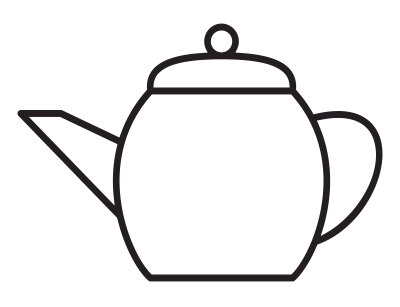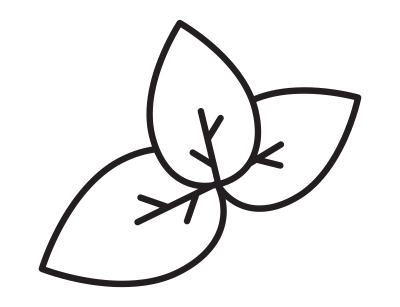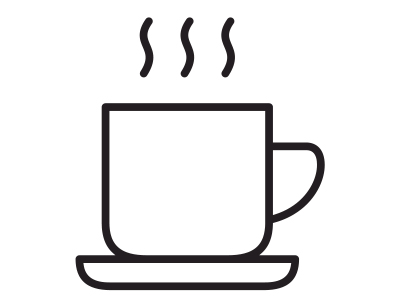Gaslight Books doesn’t sell tea yet, but you can still enjoy it on your own! In the future, we will offer a large collection of loose-leaf tea, which we will brew and serve in-house or sell by the ounce. You can take a look at our prospective tea menu here.
Tea is delicious hot and cold, and it can be found in various forms across the world. Tea can act as an excellent alternative to coffee, as it is less acidic and contains less caffeine. In this guide, we will cover the basics of loose-leaf tea, including its varieties, preparation, and storage.
NOTE: Tea offers a multitude of health benefits, but it is only one part of a nutritious diet and should not take the place of traditional medicine. If you are experiencing health problems, we encourage you to seek the help of a medical professional.
Types of Tea
All varieties of tea leaves, except for herbal teas, are the product of the Camellia sinensis plant. Also known as a “tea shrub,” this plant is native to Asia, but it is now cultivated across the world.
Black tea leaves are heavily oxidized after harvest, creating a dark color and bold flavor. Oxidation occurs naturally after the leaves are harvested due to exposure to air; this process is similar to the chemical process that turns apples brown after they are sliced.
Green tea leaves are pan-fired or steamed after harvest to prevent oxidation, resulting in light, grassy flavor notes.
White tea leaves are minimally processed, neither fired or intentionally oxidized, creating a bright, fruity, and sometimes nutty flavor.
Oolong tea leaves are partially to fully oxidized and can take many forms. Leaves used for this type of tea are grown and processed differently according to regional tradition.
Chai tea is a blend of black tea and spices, traditionally served with milk and sugar. Spices commonly used in chai tea include cardamom, ginger root, cinnamon, and cloves.
Herbal tea is steeped like tea and can contain a variety of ingredients, but does not contain leaves from the Camellia sinensis plant. Popular herbal tea ingredients include chamomile, mint, rooibos, hibiscus, rose hips, and a multitude of fruits, roots, and flowers.
Preparing Tea
Tea preparation varies slightly based on type. You will need some sort of infuser to prepare loose-leaf tea. Follow our steps below for a perfect cup!

Step 1: Heat Water
Tea is primarily water, so water quality is important to preparing a good cup of tea. We recommend using filtered spring water. Heat the water to the ideal temperature using a stovetop kettle, electric kettle, or other means:
- 160° F to 170° F for white & green tea
- 190° F to 200° F for black & oolong tea
- 200° F to 210° F for herbal tea

Step 2: Add Tea Leaves
Measure out about 1 tablespoon of loose tea leaves per 8 liquid ounces (1 cup) of hot water. Seal the tea leaves inside an infuser, then fully submerge in hot water.

Step 3: Steep and Enjoy
Allow the tea to steep for 3 to 5 minutes. Do not steep longer than 5 minutes, or the tea will become bitter. Enjoy plain, or add milk, cream, honey, sugar, or another sweetener of your choice to taste.
Storing Tea Leaves
Loose-leaf tea is best stored in a dry, airtight container. It can be stored for 1 to 2 years before it begins to lose its flavor.
Using an airtight container is important because tea leaves will continue to oxidize over time. Low-level heat can speed up oxidation, so a cool storage place is best.













